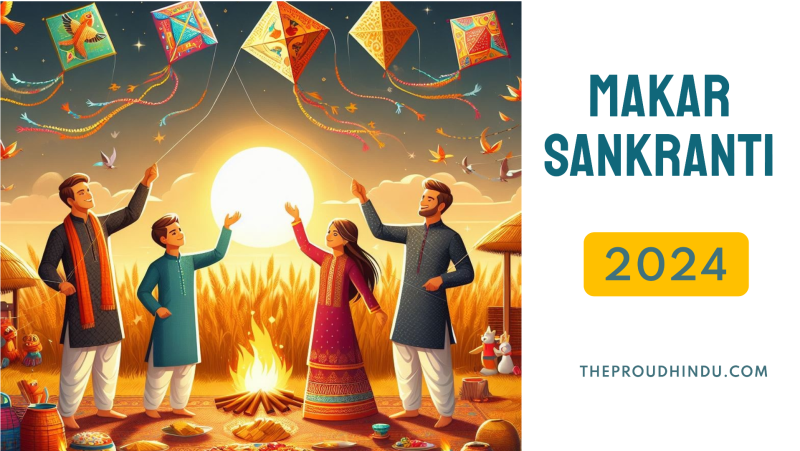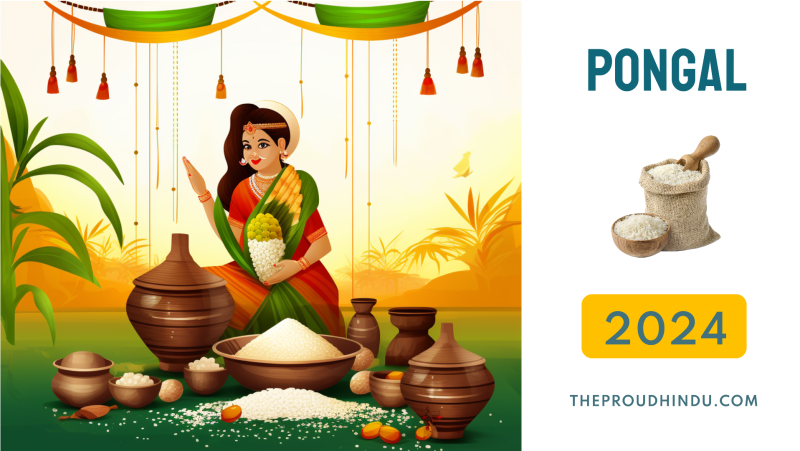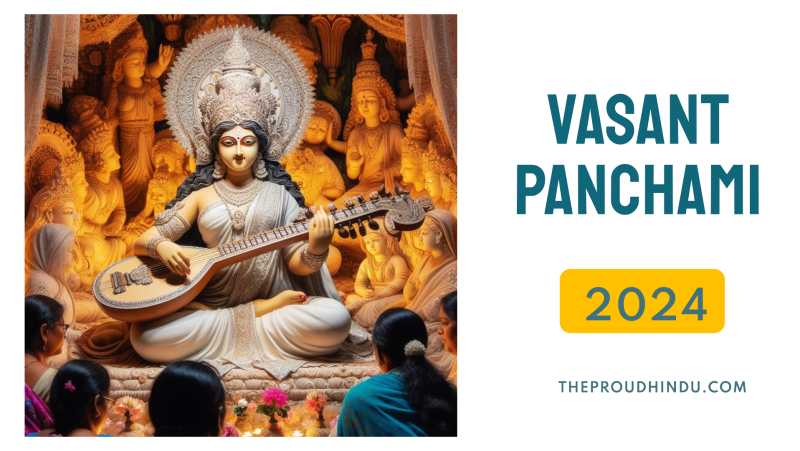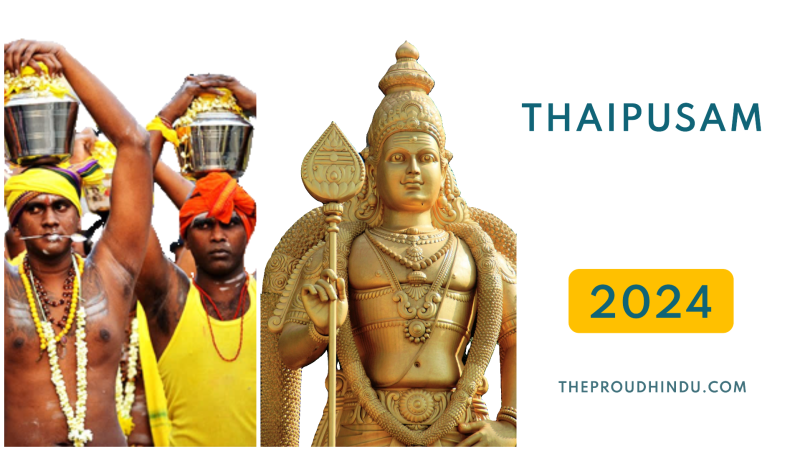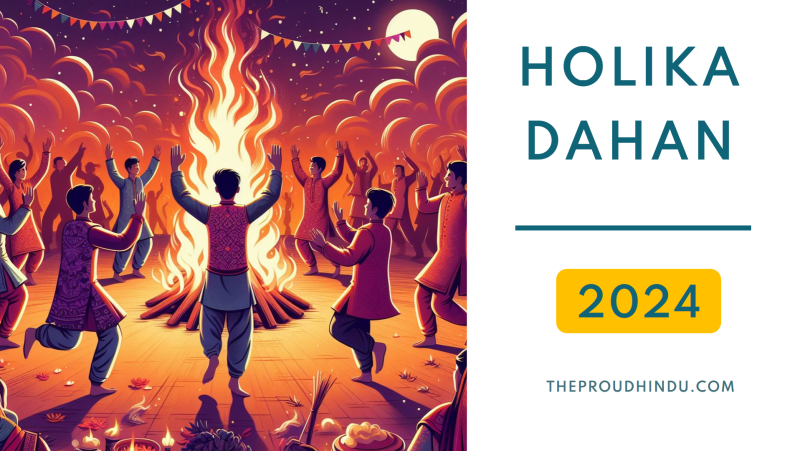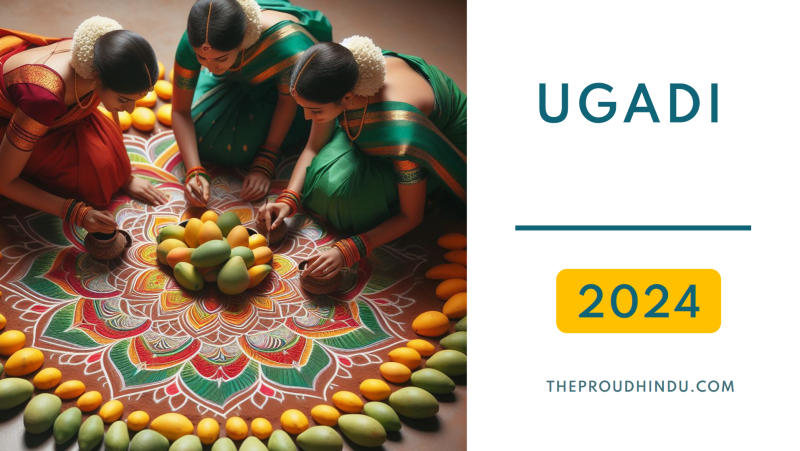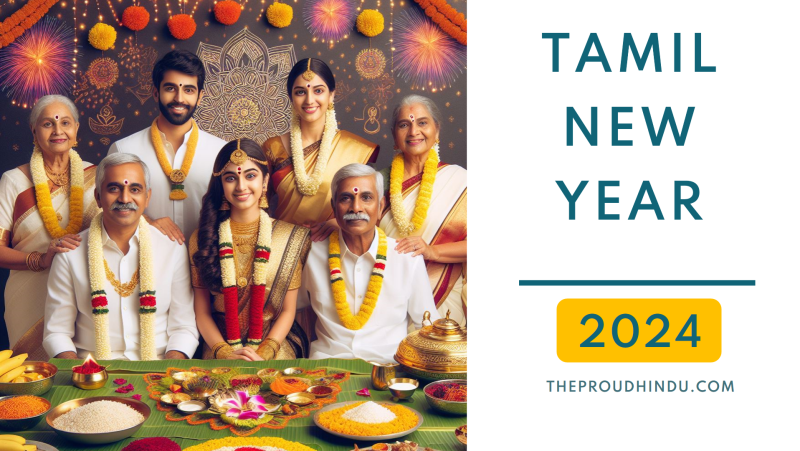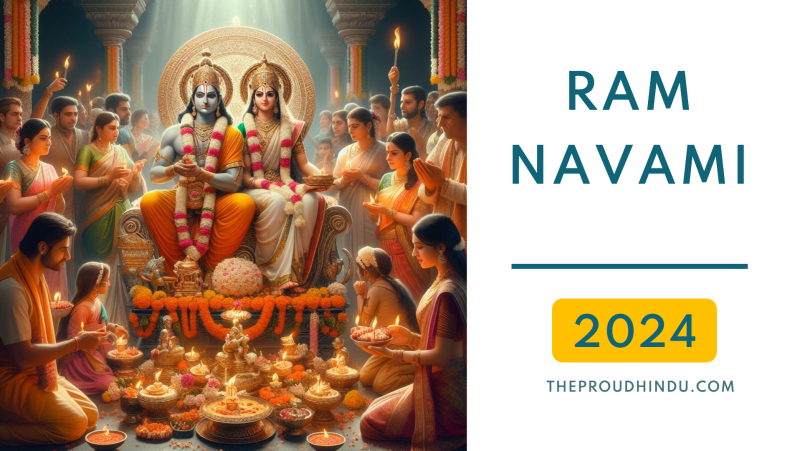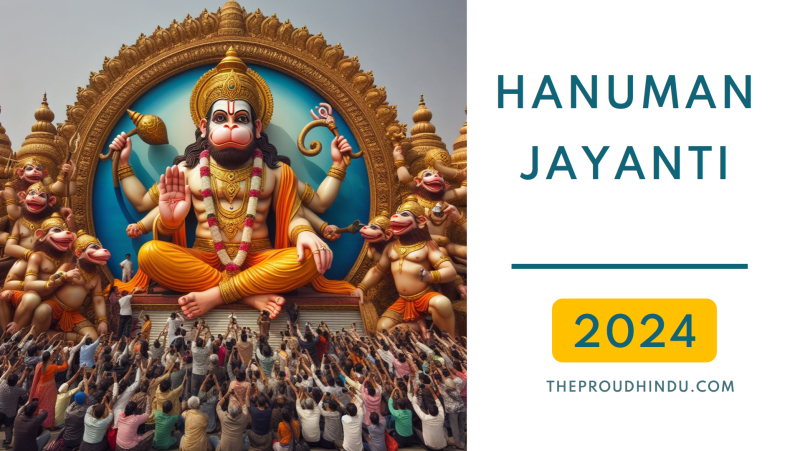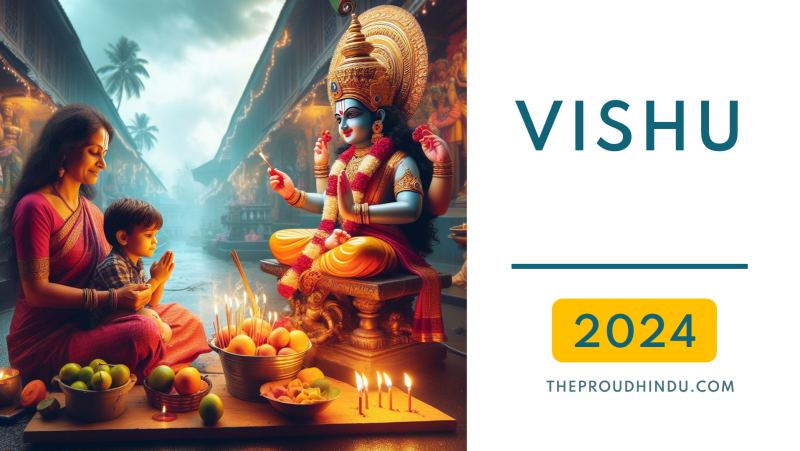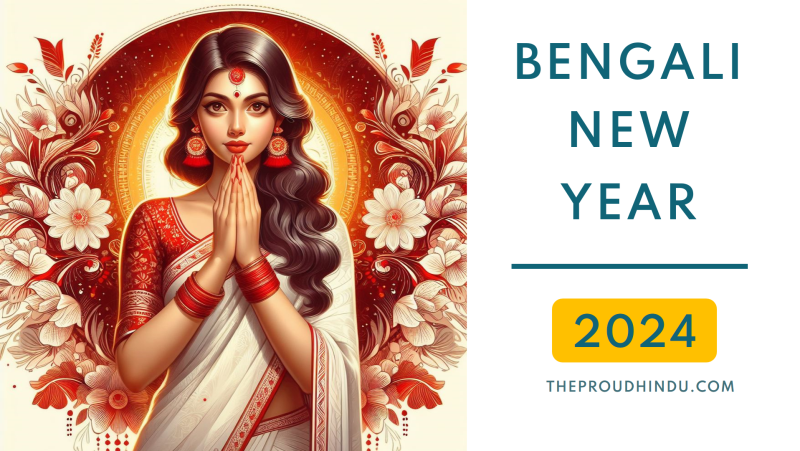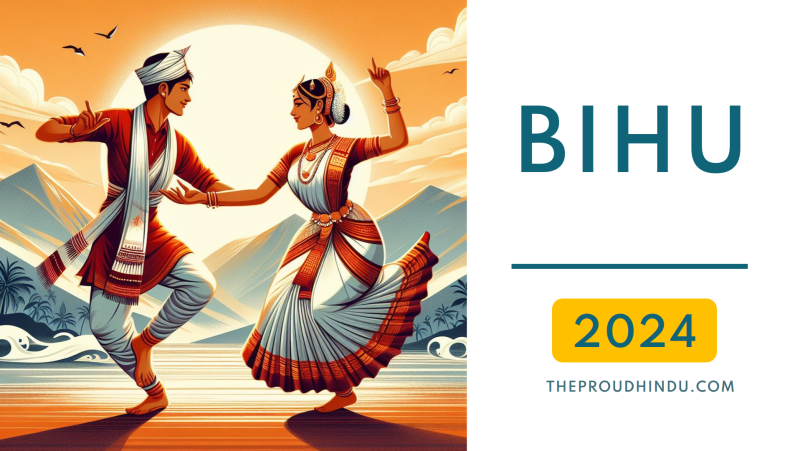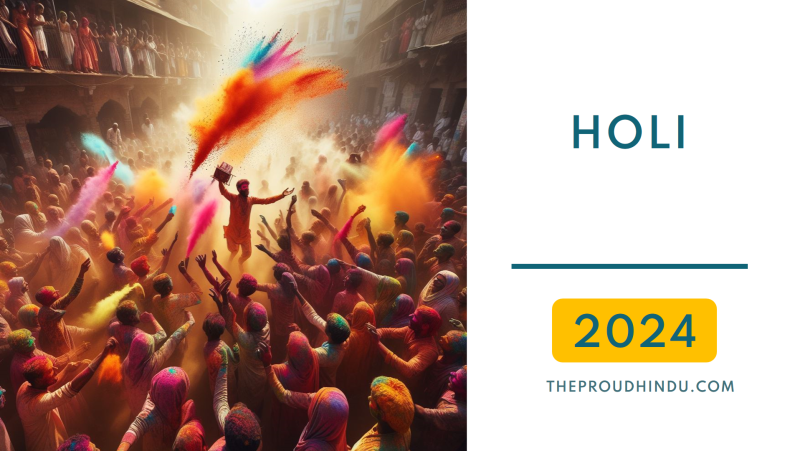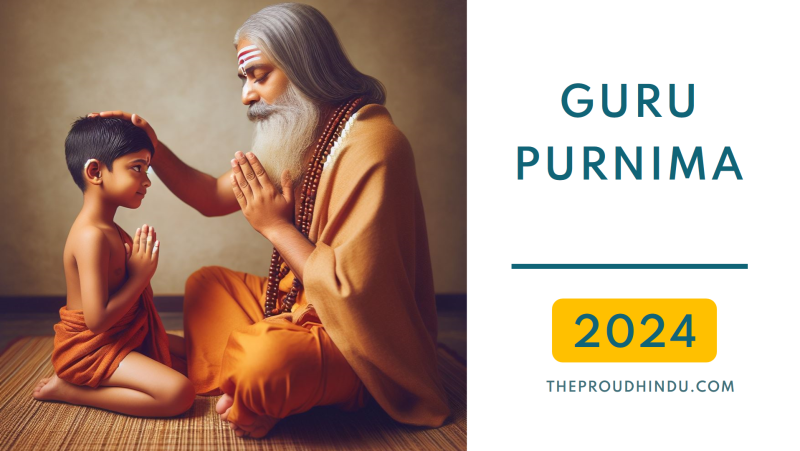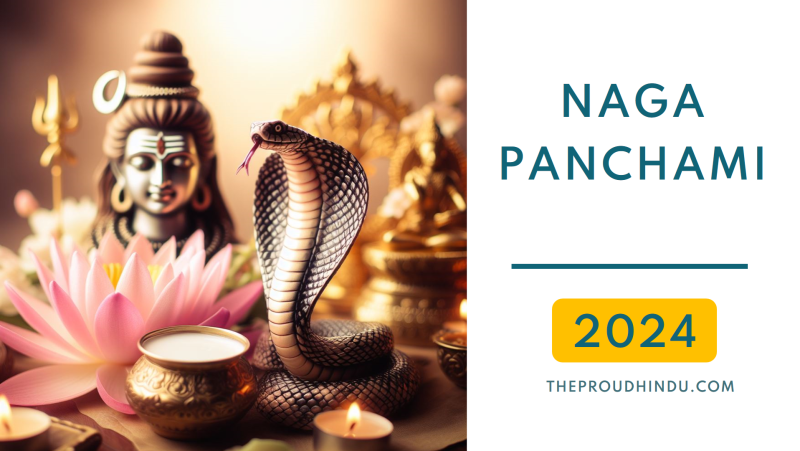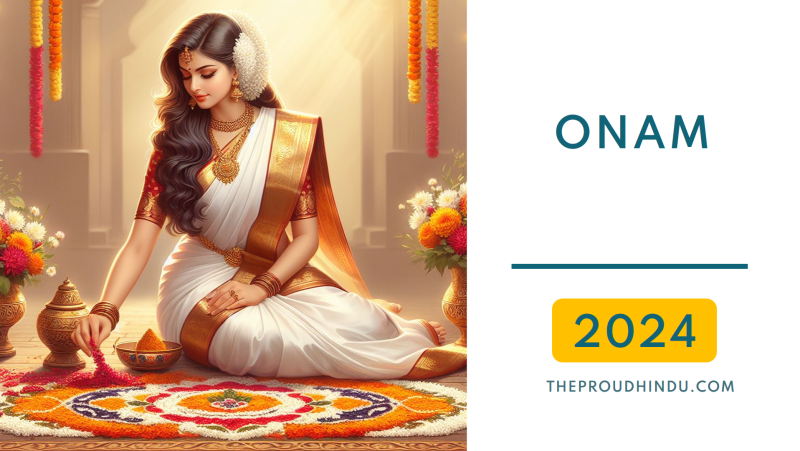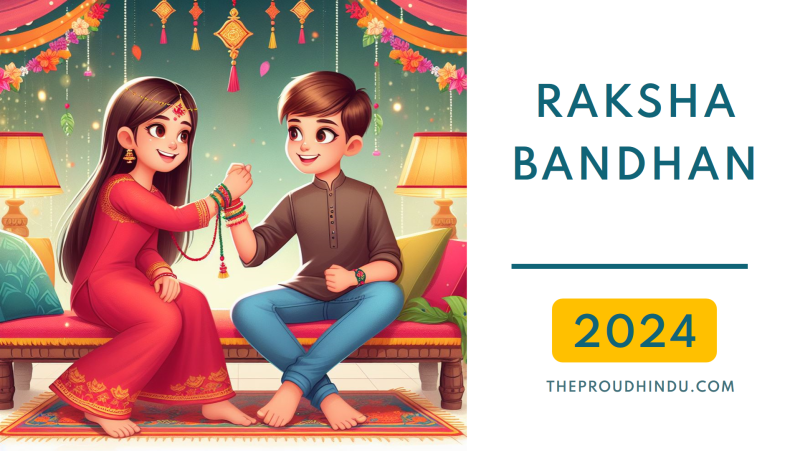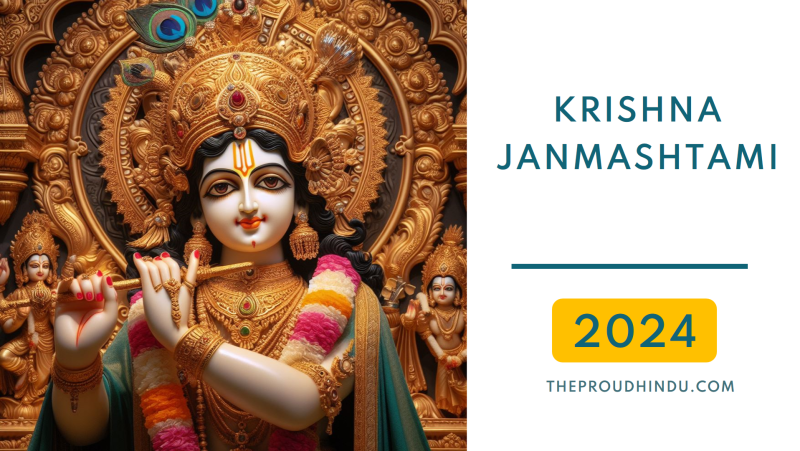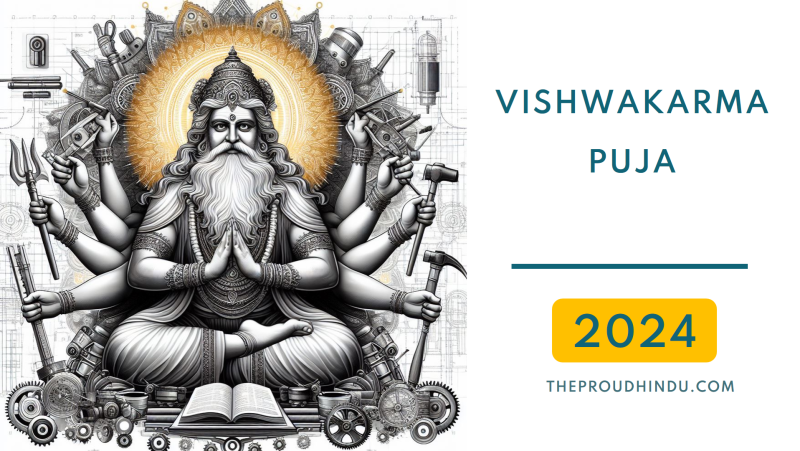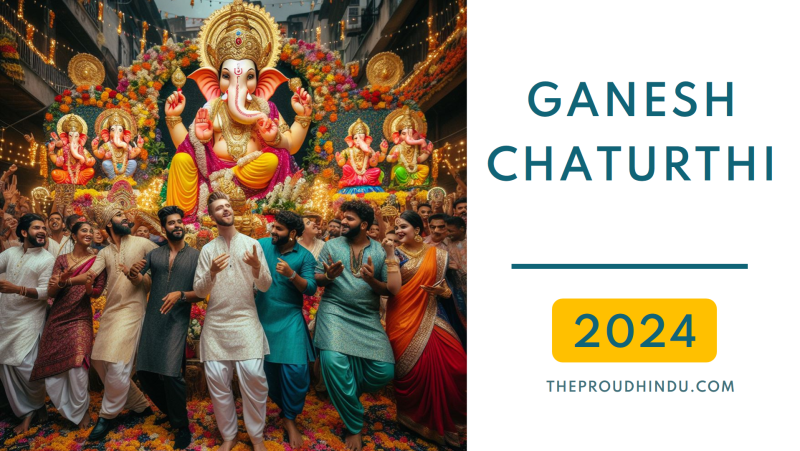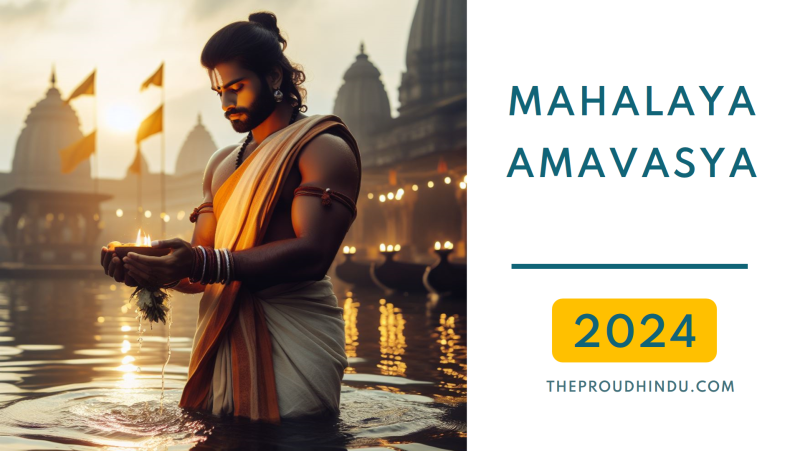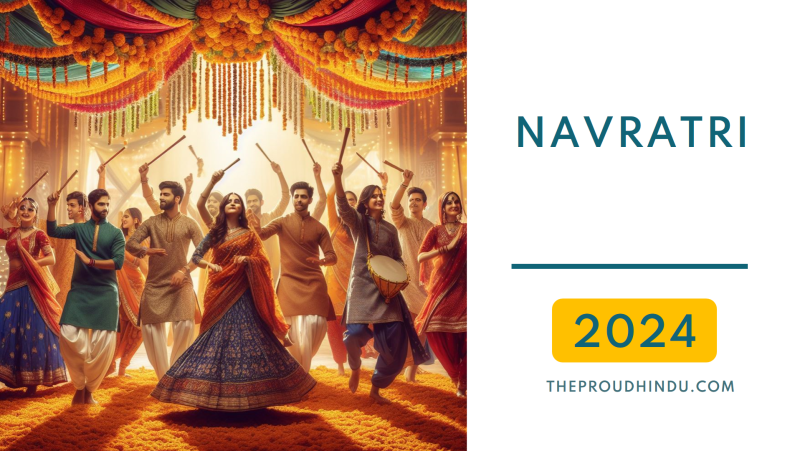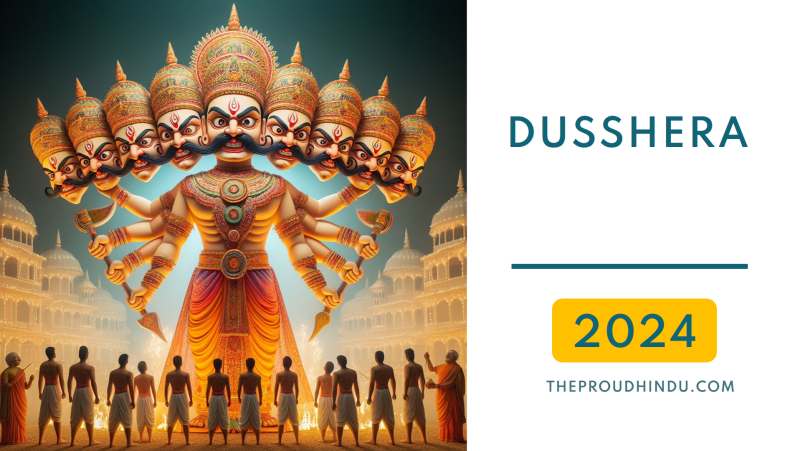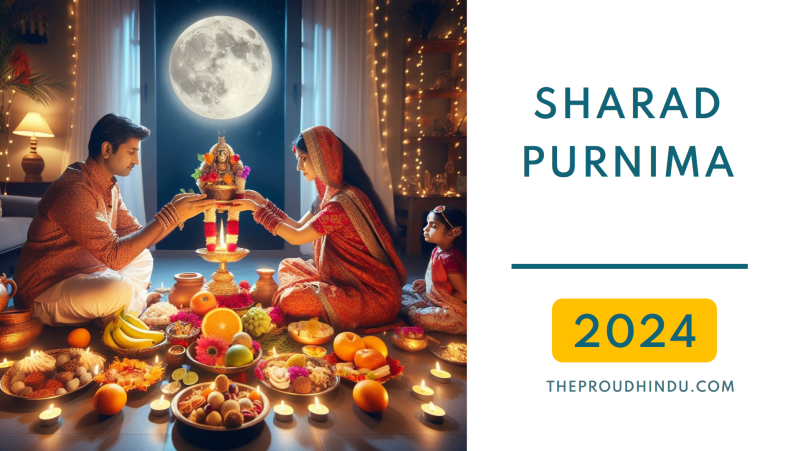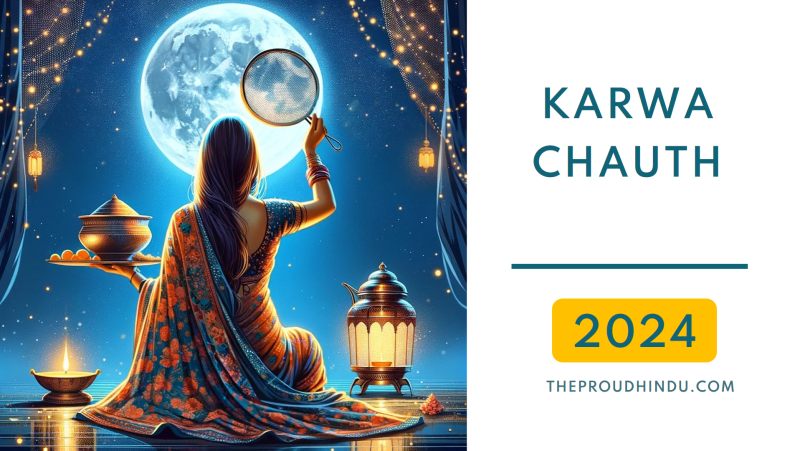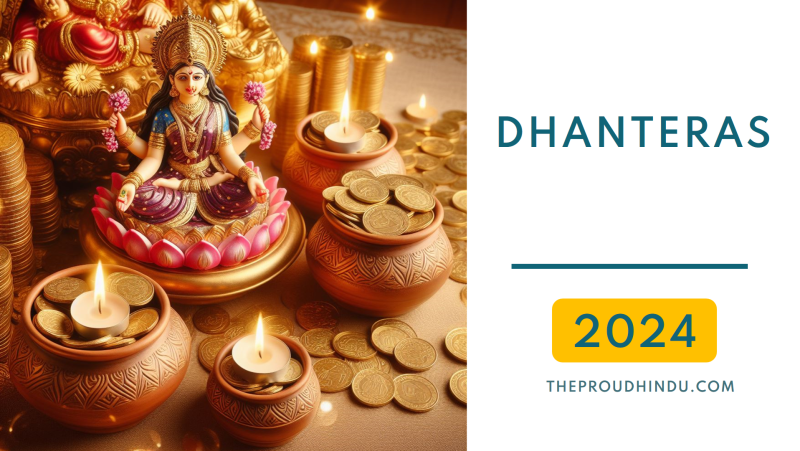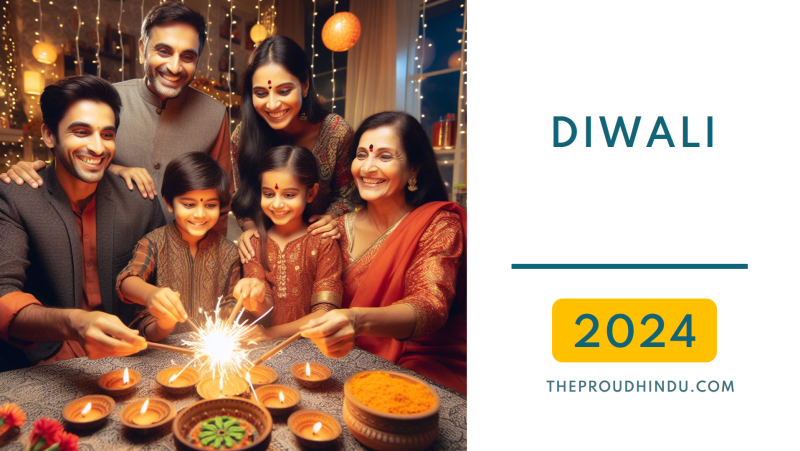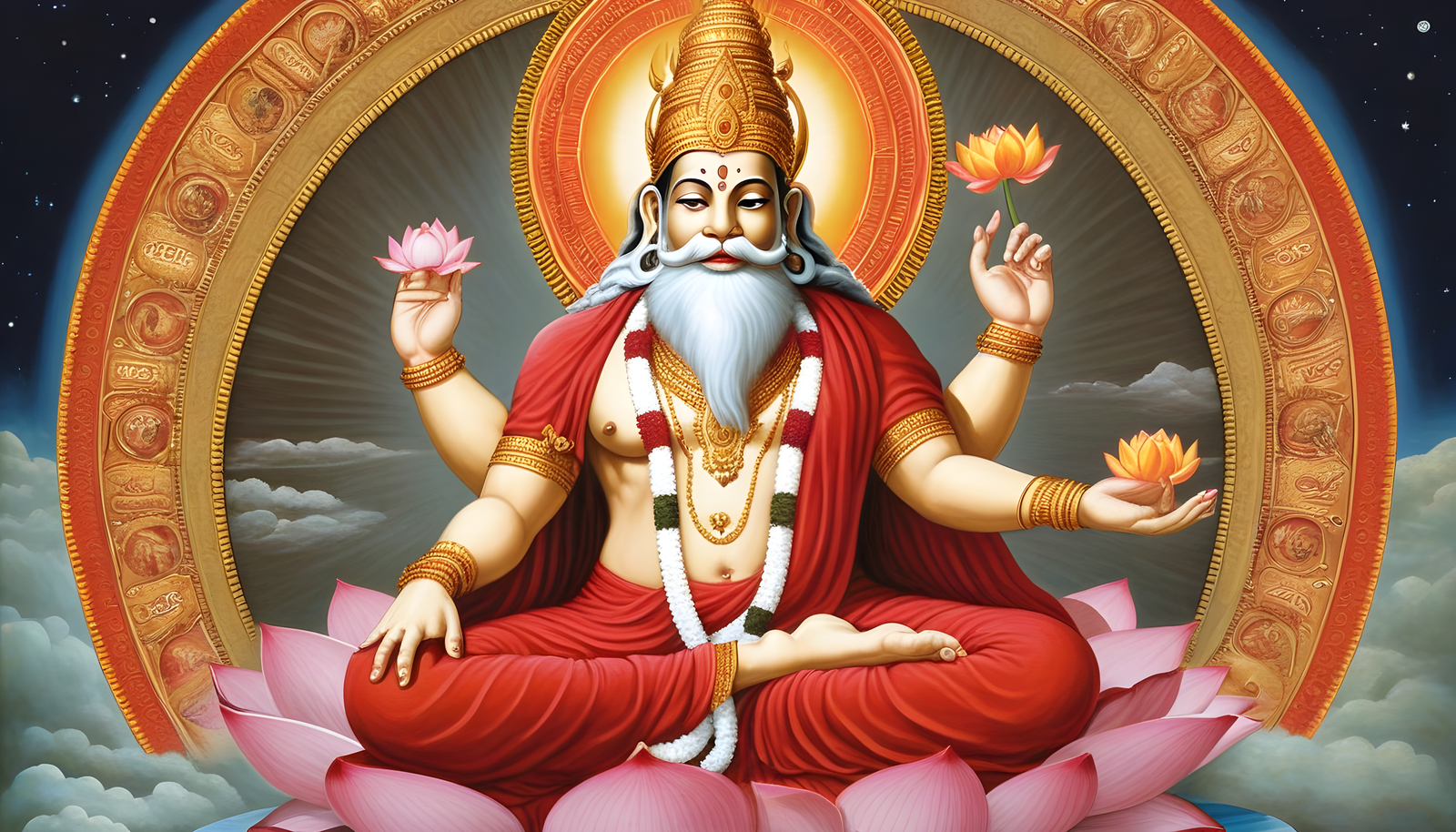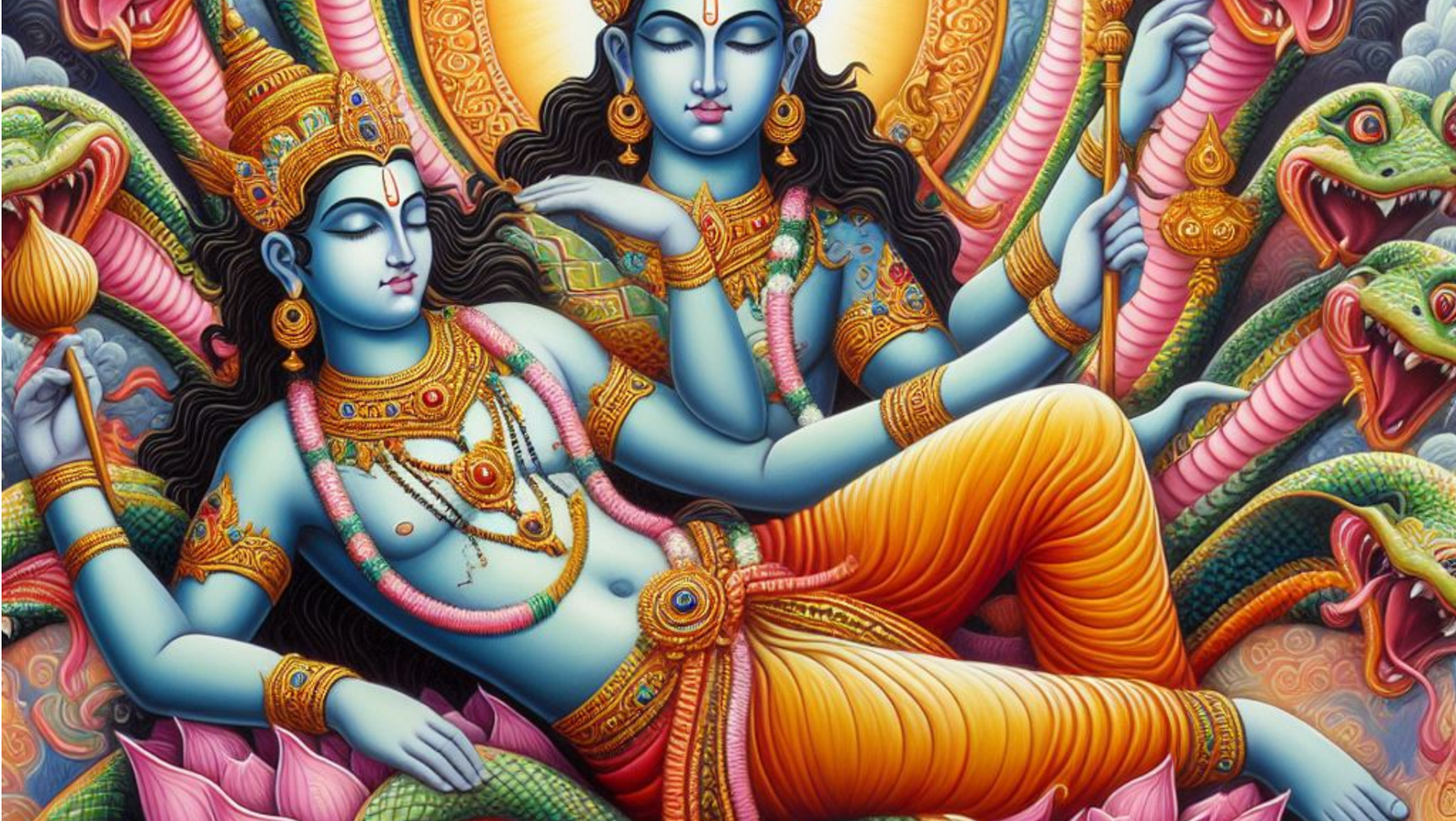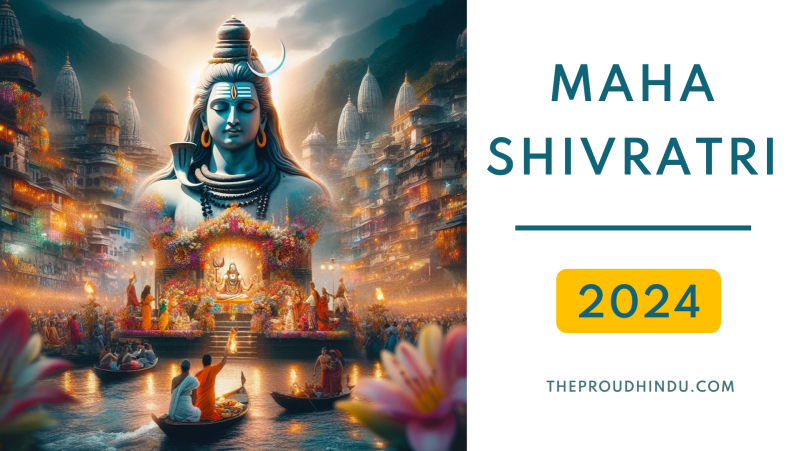
About Maha Shivratri Festival 2025 Celebration
The upcoming Mahashivratri in 2025 will be celebrated on Wednesday, 26 February 2025. During this auspicious occasion, the Maha Shivratri Nishita Kaal Puja Time is set between 12:07 AM to 12:56 AM on March 9, 2024. Devotees are advised to take note of the Maha Shivratri 2025 Parana Time, which falls from 06:37 AM to 03:29 PM on March 9th, 2024.
Maha Shivratri, which translates to "The Great Night of Shiva," is a major Hindu festival dedicated to Lord Shiva, one of the principal deities of the Hindu pantheon. It is observed on the 14th day of the Hindu month of Phalguna or Maagha, which typically falls between February and March.
Maha Shivratri 2025 Date
In 2025, Maha Shivratri will be celebrated on Wednesday, 26 February 2025.
Significance of Mahashivratri
The significance of Maha Shivratri, the "Great Night of Shiva," in Hinduism is multifaceted and carries profound spiritual, mythological, and cultural importance:
1. Celebration of Lord Shiva: Maha Shivratri venerates Lord Shiva, one of the principal deities in Hinduism, known as the destroyer, transformer, and the supreme ascetic.
2. Divine Union and Marriage: It marks the auspicious wedding day of Lord Shiva and Goddess Parvati, symbolizing the cosmic union of masculine and feminine energies, divine harmony, and the power of creation.
3. Spiritual Awakening: Devotees observe Maha Shivratri as a night of awakening, self-reflection, and inner transformation. It represents an opportunity for spiritual growth, seeking blessings for wisdom, understanding, and enlightenment.
4. The Night of Shiva's Dance: Legend has it that Lord Shiva performs the Tandava, the cosmic dance of creation, preservation, and destruction on this night. This dance symbolizes the cycles of life, the rhythm of the universe, and the continuous flow of cosmic energies.
5. Absolution of Sins: It is believed that observing Maha Shivratri with devotion, prayer, and fasting can cleanse one's sins, purify the soul, and grant spiritual liberation (moksha).
6. Abhishekam and Worship: Devotees offer special prayers, perform Abhishekam (ritual bathing) to Shiva lingams with milk, water, honey, yogurt, and other sacred substances, expressing reverence and seeking Lord Shiva's blessings.
7. Fasting and Penance: Many devotees observe a day-long fast to cleanse the body and mind, practicing austerity, and engaging in meditation, chanting mantras, and reading scriptures to attain spiritual merits.
8. Cultural Significance: Maha Shivratri is celebrated with grandeur and fervor across India and in Hindu communities worldwide. It involves religious rituals, devotional singing, processions, and vibrant celebrations at Shiva temples.
Maha Shivratri holds profound significance as a night of divine grace, spiritual elevation, and devotion to Lord Shiva. It is an occasion for seekers to transcend material desires, seek inner peace, and connect with the universal consciousness.
Mahashivratri Meaning
Maha Shivratri translates to "The Great Night of Shiva" in Sanskrit. "Maha" means "great" or "auspicious," and "Shivratri" refers to the night dedicated to Lord Shiva, one of the principal deities in Hinduism. This festival celebrates Lord Shiva and holds immense significance for devotees seeking spiritual awakening, purification, and divine blessings.
Story Behind Maha Shivratri
The story behind Maha Shivratri is intertwined with various Hindu myths and legends, symbolizing the cosmic significance of Lord Shiva and the celebration's spiritual essence. One of the prominent narratives associated with Maha Shivratri is the marriage of Lord Shiva and Goddess Parvati. Here's a brief summary:
Marriage of Shiva and Parvati:
Goddess Parvati, also known as Uma or Sati, was deeply devoted to Lord Shiva and aspired to marry him. However, Shiva was engrossed in his ascetic life and had withdrawn from worldly affairs after the loss of Sati, his first consort.
Upon learning about her previous life as Sati and her unwavering devotion to Lord Shiva, Parvati resolved to win him as her husband. She embarked on intense penance and rigorous meditation to win Shiva's affection.
Pleased by Parvati's unwavering devotion and perseverance, Lord Shiva eventually agreed to marry her. The divine union of Shiva and Parvati took place on the auspicious night of Maha Shivratri.
This celestial wedding symbolizes the union of cosmic forces, divine harmony, and the balance between masculine (Shiva) and feminine (Parvati) energies. It signifies the ultimate union of the individual soul (Atman) with the universal consciousness (Brahman).
Maha Shivratri is observed to commemorate this divine union and is celebrated with fervor and devotion by Hindus worldwide.
Maha Shivratri Puja
Maha Shivratri Puja, the ritual worship dedicated to Lord Shiva on the auspicious occasion of Maha Shivratri, involves several sacred customs and rituals. Here's an outline of the customary practices observed during the Maha Shivratri Puja:
1. Early Morning Bath: Devotees take a purifying bath before sunrise as a ritual of spiritual cleanliness and readiness for the day's prayers and observances.
2. Abhishekam (Ritual Bathing of Shiva Lingam): Devotees visit Shiva temples and perform Abhishekam to the Shiva lingam. This involves bathing the Shiva lingam with various sacred substances like water, milk, honey, yogurt, ghee, and sometimes fruit juices or rose water, symbolizing purification, offering, and devotion to Lord Shiva.
3. Offerings and Prayers: Devotees offer Bilva leaves (Bilva Patra), flowers, fruits, coconuts, incense sticks, and other sacred items to Lord Shiva's idol or lingam as a mark of reverence and devotion.
4. Meditation and Chanting: Meditation and chanting of Shiva mantras such as "Om Namah Shivaya" are integral parts of the Maha Shivratri Puja. Devotees engage in deep meditation and continuous recitation of sacred hymns dedicated to Lord Shiva.
5. Fasting and Austerity: Many devotees observe strict fasting on Maha Shivratri, abstaining from food and water during the day or consuming only fruits, milk, and specific fasting-friendly items. Fasting is believed to cleanse the body and mind and enhance spiritual receptivity.
6. Night Vigil (Jagran): Devotees stay awake throughout the night, engaging in prayers, devotional songs, hymns, and listening to religious discourses in honor of Lord Shiva. This night vigil, known as Jagran, is believed to be especially auspicious and spiritually potent.
7. Visiting Shiva Temples: Devotees visit Shiva temples, especially the twelve Jyotirlinga temples or other significant Shiva shrines, to offer prayers, perform rituals, and seek blessings for spiritual growth, protection, and well-being.
Maha Shivratri Puja is a solemn and reverent observance where devotees express their devotion, seek blessings, and strive for spiritual upliftment through prayer, fasting, meditation, and adherence to sacred customs dedicated to Lord Shiva.
Maha Shivaratri Fasting Rules
The Maha Shivaratri fasting rules are observed by devotees as a form of austerity, penance, and devotion to Lord Shiva. Here are some common fasting rules associated with Maha Shivaratri:
1. Complete Fast (Nirjala Vrat): Some devotees observe a complete fast without consuming any food or water throughout the day and night of Maha Shivaratri.
2. Partial Fast (Phalahar): Many individuals opt for a partial fast, consuming fruits, milk, water, and specific fasting-friendly foods while abstaining from regular meals.
3. Specific Food Restrictions: Devotees avoid consuming grains, pulses, garlic, onions, non-vegetarian food, and alcohol during the fasting period.
4. No Intake of Grains: Grains like rice, wheat, barley, and lentils are generally avoided during the Maha Shivaratri fast.
5. Fasting from Sunrise to Next Morning: The fast typically begins at sunrise on Maha Shivaratri day and continues until the next morning after the night-long vigil and prayers are concluded.
6. Abstaining from Sleep: Some devotees stay awake throughout the night (Jagran) engaged in prayers, meditation, and devotional activities, abstaining from sleep as part of their observance.
7. Purity and Devotion: Fasting is observed with a pure heart, devotion, and adherence to religious practices as a way to seek Lord Shiva's blessings, purification, and spiritual enlightenment.
While fasting on Maha Shivaratri, devotees focus on spiritual practices, prayers, and contemplation, aiming to attain inner peace, spiritual upliftment, and closeness to Lord Shiva through their devout observance of the fast.
Maha Shivaratri Celebrated in India
Maha Shivaratri, the grand Hindu festival dedicated to Lord Shiva, is celebrated with immense fervor and devotion across India. The festival holds deep cultural and religious significance in various regions of the country. Here's a glimpse of how Maha Shivaratri is celebrated in different parts of India:
1. Varanasi, Uttar Pradesh: Varanasi, the city of Lord Shiva, witnesses massive celebrations during Maha Shivaratri. Devotees throng the Kashi Vishwanath Temple and other Shiva temples in the city, offering prayers, performing rituals, and participating in processions.
2. Pashupatinath Temple, Nepal: In Nepal, at the revered Pashupatinath Temple in Kathmandu, which is one of the holiest shrines dedicated to Lord Shiva, Maha Shivaratri is celebrated with great zeal. Thousands of devotees from Nepal and India visit this temple to pay homage to Lord Shiva.
3. Madhya Pradesh: In the town of Khajuraho, Madhya Pradesh, Maha Shivaratri is celebrated with enthusiasm. Devotees visit ancient temples such as the Matangeshwar Temple to offer prayers and perform traditional rituals.
4. Tamil Nadu: In Tamil Nadu, devotees flock to Shiva temples like the Kapaleeshwarar Temple in Chennai and the Annamalaiyar Temple in Tiruvannamalai. Special pujas, Abhishekams, and cultural events mark the celebration.
5. Karnataka: In places like Gokarna and Murudeshwar, both known for their Shiva temples, Maha Shivaratri is observed with great devotion. Devotees undertake fasting, visit temples, and participate in night-long prayers.
6. Himachal Pradesh: The Manimahesh Temple in the Chamba district witnesses significant celebrations. Devotees undertake a challenging pilgrimage to the sacred Manimahesh Lake at high altitudes, especially during Maha Shivaratri.
7. Andhra Pradesh and Telangana: Celebrations in these states involve visiting prominent Shiva temples such as the Bhramaramba Mallikarjuna Temple in Srisailam and the Thousand Pillar Temple in Warangal, where devotees offer prayers and participate in special rituals.
Throughout India, Maha Shivaratri is celebrated with fasting, night-long vigils, special pujas, Abhishekam ceremonies, cultural events, and the chanting of sacred hymns dedicated to Lord Shiva. It's a time for devotees to seek blessings, spiritual upliftment, and immerse themselves in devotion to the divine Lord Shiva.
Maha Shivratri Date
| Year | Date | Day |
|---|---|---|
| Maha Shivratri 2023 Date | 18 February 2023 | Saturday |
| Maha Shivratri 2024 Date | 08 March 2024 | Friday |
| Maha Shivratri 2025 Date | 26 February 2025 | Wednesday |
| Maha Shivratri 2026 Date | 15 February 2026 | Sunday |
| Maha Shivratri 2027 Date | 06 March 2027 | Saturday |
You may also like …
Are You The Proud Hindu?
The Trimurti
Create an account to join us and start taking part in conversations.
SIGNIN
